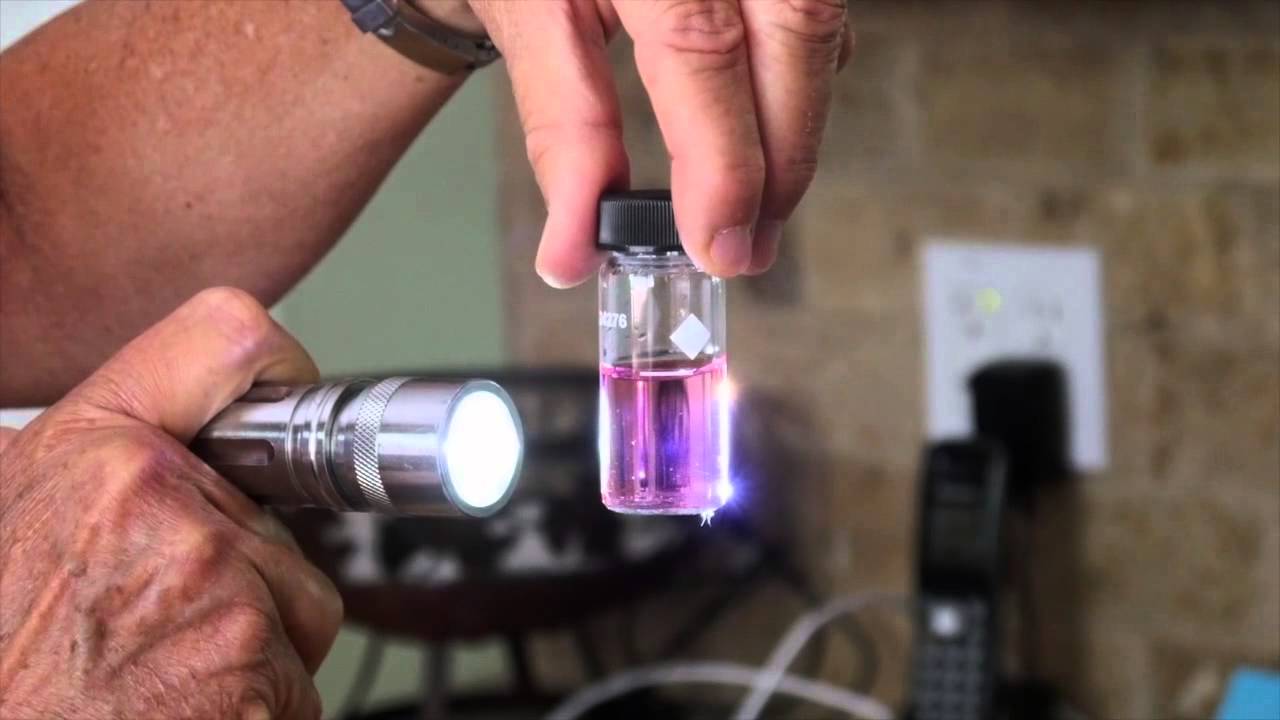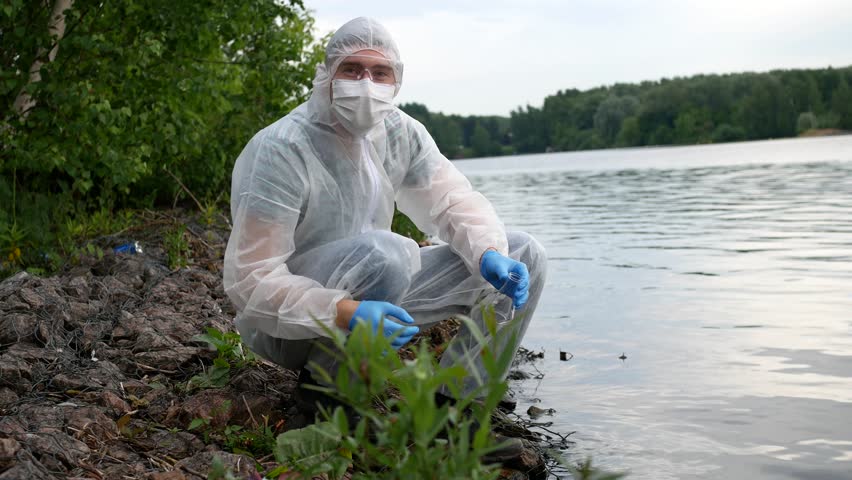Nitrite in drinking water is a substance produced by the nitrogen cycle. It is usually extremely unstable and will be oxidized by microorganisms to become nitrate in the presence of oxygen. Although nitrate itself is not harmful, nitrate will be reduced to nitrite after entering the human body, thus causing harm to human health. It can also be reduced to ammonia under hypoxic conditions. In addition, nitrite can also oxidize normal human hemoglobin into methemoglobin, making it lose the ability to transport oxygen in the human body. Therefore, nitrite content is also a very important parameter for drinking water during daily water quality testing. Today we will tell you about the detection method of nitrite nitrogen in drinking water.

Matters needing attention when detecting nitrite nitrogen
If nitrates are found in the drinking water testing process, it means that the decomposition process of organic matter has not reached the final stage. If the content of nitrate in the water is high and the content of ammonia nitrogen is low, even if there is a small amount of nitrite, it is of no importance, but the analyst needs continuous monitoring. If the situation is just the opposite, the content of nitrate is low and the content of ammonia nitrogen is high. At this time, if nitrite is found in the water quality, the inspector must pay special attention, because the ammonia nitrogen in the water is likely to be converted into a large amount of nitrite.

Method for detecting nitrite nitrogen
In the detection of nitrite in water, a diazo-coupling reaction is usually used to generate a purple-red dye from the sample to be tested, and then the spectrophotometric method is used for detection. This method is sensitive and selective. This diazonium and coupling reagent generally uses p-aminobenzene sulfonamide and a-naphthol. Under acidic conditions, nitrite nitrogen reacts with aminobenzene sulfonamide to form diazonium salt, which is then combined with a Naphthol was coupled to produce a purple-red sample, which was then detected at a wavelength of 540m.
However, substances such as chloramine, chlorine, thiosulfate, sodium polyphosphate and ferric ions in the water quality can cause interference. However, the water quality sample appears turbid or other colors. If such conditions occur, you can add aluminum hydroxide suspension to the sample. Perform filtering to eliminate. When the pH of the water sample is greater than or equal to 11, add 1 drop of phenolphthalein indicator solution and neutralize it with (1+9) phosphoric acid solution. Then take the pretreated water sample and 50ml colorimetric tube during the measurement, dilute with water to the mark line, add 1.0ml color developer, mix well, stand for 20min, and compare the color with the wavelength at 540nm. The water quality detector will analyze the specific content of nitrite.




